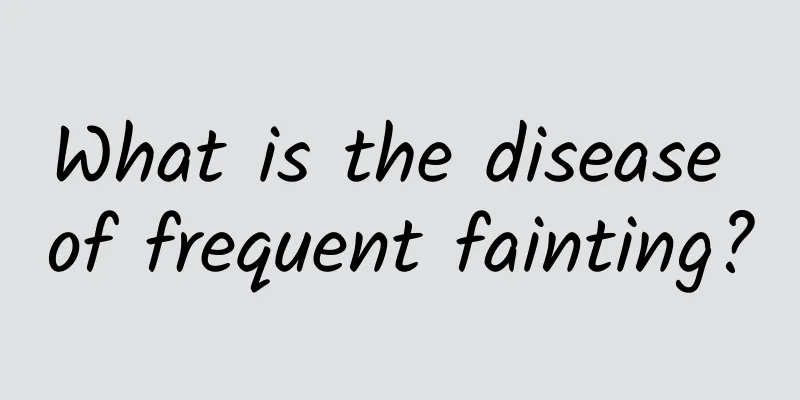Thymoma surgery procedure

|
The thymus is a very important immune organ in the human body, and a relatively common disease of it is thymoma. When you first develop thymoma, the symptoms are not very obvious. As the tumor grows larger, symptoms such as chest pain, chest tightness, cough, and discomfort in the anterior chest will appear, which have a great impact on the patient. Surgery is the main treatment method. Many patients are concerned about the surgical process of thymoma. Let's take a closer look at it below. Once a thymoma is diagnosed, it should be surgically removed. Whether benign or malignant, thymoma should be removed as soon as possible. For resected malignant thymoma, a pathological biopsy can be taken to guide postoperative treatment. For those with partial resection, postoperative radiotherapy can relieve symptoms and prolong patient survival.Surgical steps 1. Incision: Median sternotomy. 2. After pushing the pleural fold to both sides, the thymus tissue located in the anterior mediastinum can be seen. 3. The lower pole of the thymoma was lifted up, and the surrounding fat tissue was carefully separated from bottom to top and removed in one piece (). 4. The sternum was sutured with stainless steel wire. A drainage tube was placed behind the sternum. The incision was sutured layer by layer. Postoperative treatment 1. Maintain open airway. If necessary, tracheotomy and assisted breathing should be performed as soon as possible. 2. Antibiotics are used to control infection. 3. Aminoglycosides are contraindicated. 4. Continue to use anticholinesterase drugs to treat myasthenia gravis. Issues that should be noted during surgery: Isolated benign thymoma without adhesions can be completely removed without difficulty and the operation can be completed smoothly, but the difficulties of surgery in some complex cases must be fully estimated. Malignant thymoma must be explored first to clarify the relationship between the tumor and the surrounding adjacent organs before dissection. Thymoma is located at the bottom of the mediastinum, at the junction of the heart and large blood vessels; malignant thymoma adheres and infiltrates to the surrounding areas; when the tumor grows, adjacent tissues and organs are pushed away, and the normal anatomical relationship is changed; the fibrous connective tissue adheres and thickens, making it difficult to distinguish from the blood vessels, all of which can cause accidental injury to blood vessels during surgery and cause massive bleeding. |
>>: Why do my eyes shed tears?
Recommend
How to detect autism? Early signs of autism
Autism not only affects the life of the patient, ...
Are chrysanthemums suitable for growing indoors?
When people mention yellow flowers, the first thi...
What anti-inflammatory drugs should I take after tooth extraction?
Dental problems are encountered by many people, e...
What to do if you pull a muscle while running?
As people pay more attention to their physical fi...
How to treat acute enteritis at home
Unregulated lifestyle and diet, cold drinks, alco...
Why does the lower abdomen pull and the testicles feel heavy and painful?
Men's reproductive health has been a frequent ...
What is the reason for women's armpit hair
Armpit hair is normal for every adult. On the con...
This action from India actually makes men "reborn"
The Hindu squat builds strength and endurance in ...
Why does the child's stomach feel hot?
In our lives, it is easy for children to have a h...
The relationship between anxiety and hypertension
Core Tip: Many hypertensive patients have this fe...
The efficacy and function of Four Seasons Grass Tablets
Primrose is a perennial woody plant. The stem is ...
What are the stages and clinical manifestations of internal hemorrhoids?
Internal hemorrhoids are the most common and high...
Gout examination method, regular examination to prevent gout attacks
Gout is a disease that is common in middle-aged a...
What are the symptoms of lung tumors? It turns out there are 7 types
Lung cancer is a disease with a relatively high i...
Can lung transplantation be used for pulmonary fibrosis?
Pulmonary fibrosis is irreversible, that is, fibr...









